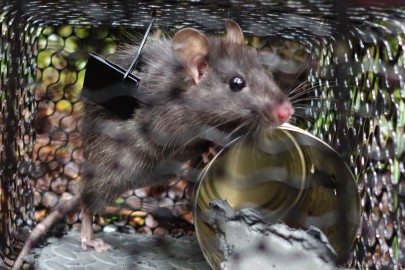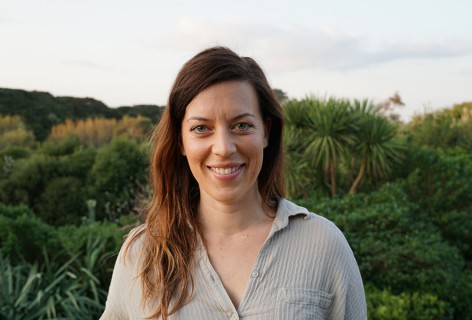
Rat | Kiore
Researchers at Manaaki Whenua have been working closely with four groups (Ngāti Porou, Tūhoe Tuawhenua Trust, Hokotehi Moriori Trust, and a northern Taranaki collective including Ngāti Mutunga, Ngāti Tama and Ngāti Maru), who are undertaking small and large-scale pest control projects. “A kāhui Māori process has given us the support of Māori experts and knowledge holders to co-develop approaches that are culturally acceptable to tangata whenua and draw on traditional and current knowledge of pest control strategies,” says Mahuru.
Through a series of wānanga with our iwi and imi partners, mātauranga aligned with pest control has been shared, along with the aspirations of Māori and Moriori in this area. Discussion included different types of lures (some of which were used historically for snaring kiore), the influence of maramataka on animal behaviour, how to undertake pest control using local tikanga to ensure the safety and success of those in the field, as well as local environmental tohu that can be used as early warning systems for mast seasons.
“All of this has helped inform a kaupapa Māori and Moriori-based pest control framework”, say Mahuru.
“The framework can support iwi and imi as they develop local pest control strategies and projects, and serves to monitor success beyond the number of pest animals killed. Success for many of our iwi and imi includes wider benefits to communities, traditional knowledge transmission, and ways to reconnect tangata whenua with their lands, taonga, and each other.”

